What is an Isolation Transformer? Where and Why is it Used?
An isolation transformer is a specialized type of transformer designed to transfer electrical power from a source to a load...
Devamını Oku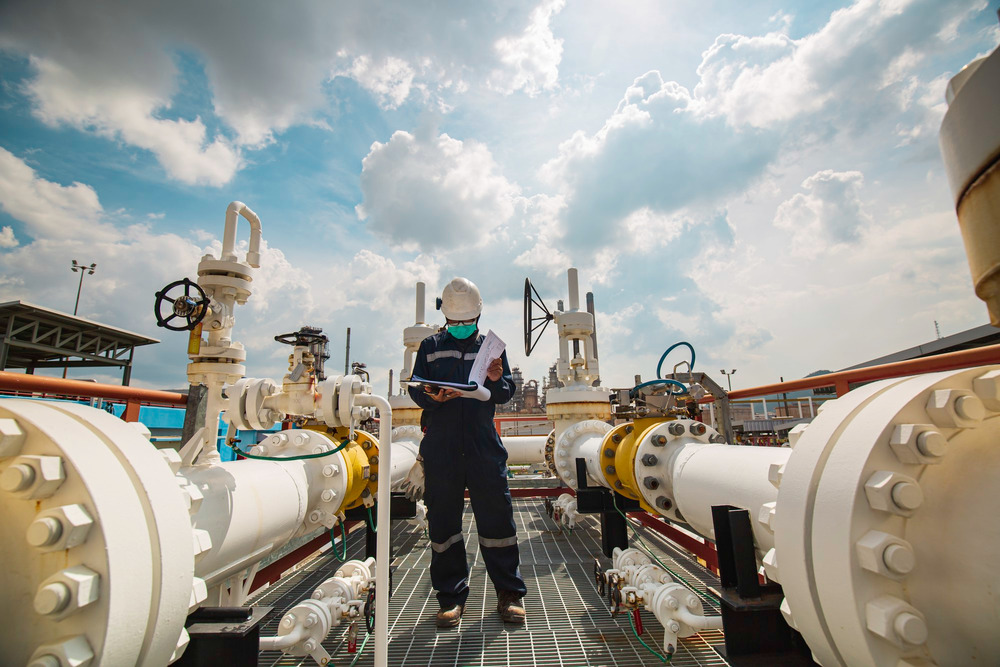
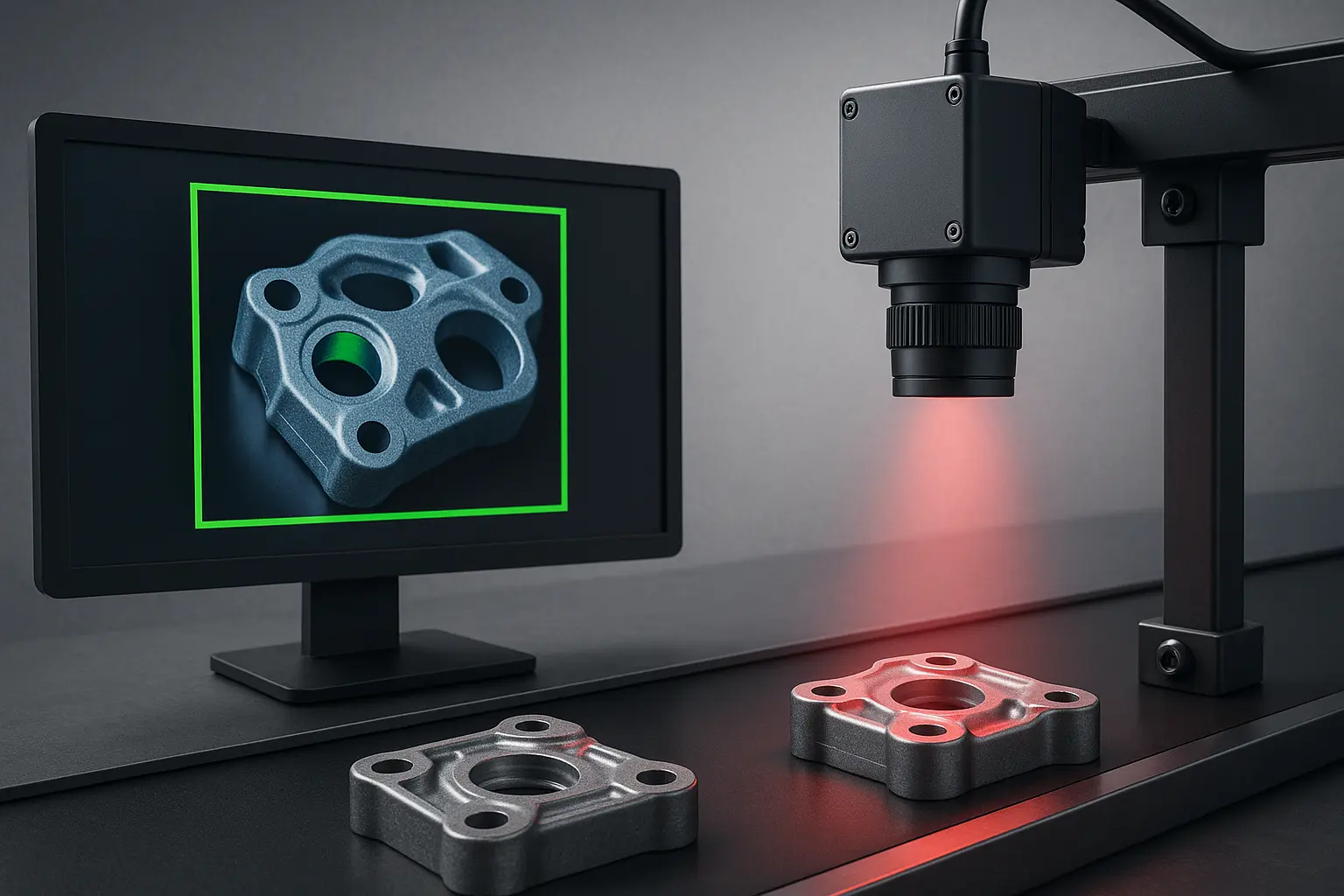
Image processing systems are technological solutions designed to analyze, interpret, and manipulate digital images using computer-based algorithms. These systems play a critical role across various industries—from manufacturing and agriculture to healthcare and urban development. By extracting meaningful information from visual data, image processing enables automated decision-making, which significantly enhances efficiency and accuracy in operations. Especially in industrial image processing, these systems help detect defects, control quality, and reduce production errors.
In today’s smart manufacturing era, image processing projects are essential for achieving precision, reducing costs, and increasing output quality. Companies like Adatech integrate these systems with high-resolution cameras and intelligent software, ensuring customized and innovative solutions. Through image processing software, organizations benefit from real-time analytics and automated control, which leads to smarter, more agile workflows. Ultimately, image processing stands as a cornerstone technology in the digital transformation journey across all modern industries
Image processing is the technological discipline that focuses on the analysis, manipulation, and interpretation of digital images by computer systems. It converts raw visual data into meaningful information that can be used for decision-making in different fields. When we ask what is image processing, the answer lies in its ability to allow machines to “see” and understand images with greater precision than the human eye. For example, it can detect defects in products, read license plates on vehicles, or evaluate medical scans for diagnosis.
The process involves using algorithms that analyze the pixels of an image to recognize shapes, colors, patterns, and movements. With the support of artificial intelligence and machine learning, image processing systems have advanced to a point where they can perform real-time analysis. These systems often rely on cameras, sensors, and image processing software to handle tasks automatically and with remarkable speed. In short, image processing acts as the bridge between raw image data and actionable insights, making it indispensable in modern technology.
The answer to how is image processing done lies in a structured sequence of steps that transform raw images into meaningful data. The process begins with image acquisition, where a camera, scanner, or sensor captures the visual input. Next comes preprocessing, a crucial step that enhances image quality by reducing noise, adjusting brightness, and sharpening details. These improvements make subsequent analysis more accurate and reliable.
The third step is feature extraction, where the system identifies specific patterns, edges, colors, or shapes within the image. Finally, advanced algorithms and artificial intelligence analyze these extracted features to make automated decisions. This is typically achieved through specialized image processing software that can work in real time. By integrating powerful hardware with optimized algorithms, image processing systems are able to perform complex analyses quickly and effectively. This makes them essential tools in industries where precision and speed are critical.
The question of where is image processing used can be answered by looking at its wide range of image processing application areas across multiple industries. In manufacturing, these systems are deployed for quality control, enabling the detection of surface defects, measurement errors, or assembly issues. In healthcare, doctors rely on advanced imaging techniques such as MRI and CT scans, where image processing helps identify conditions with high precision. In agriculture, drones and satellite images are processed to monitor crop health, predict yield, and detect disease, supporting sustainable farming practices.
In addition, smart city infrastructures use image processing systems for surveillance, traffic monitoring, and license plate recognition. Defense industries also integrate these solutions for object detection, navigation, and border security. Retail applications include analyzing customer behaviors or improving safety through facial recognition. The diversity of these image processing projects demonstrates how central this technology is to digital transformation. By automating visual analysis, image processing not only saves time but also ensures consistency and accuracy in critical tasks.
In the industrial and automotive sectors, image processing plays a crucial role in detecting faults with remarkable accuracy. Production lines equipped with high-resolution cameras and image processing software can instantly identify issues such as scratches, cracks, missing components, or surface irregularities. These systems outperform human inspection by capturing even micro-level defects that are often invisible to the naked eye. In automotive manufacturing, engines, electronic parts, and assembly processes are constantly monitored to maintain safety and quality standards. By integrating automation and real-time analysis, companies reduce production errors, save time, and achieve consistent results. This makes industrial image processing indispensable for ensuring zero-defect manufacturing and maintaining competitiveness in demanding markets.
In agriculture, image processing is used to monitor crop health, measure growth, and estimate yield with high accuracy. Using drones, satellites, and sensor-based imaging systems, farmers can detect diseases, track water stress, and analyze soil conditions in real time. Leaf color variations, plant density, and pest infestations are all identified through image processing projects, enabling timely intervention. This technology not only helps improve product quality but also maximizes efficiency in resource use, such as water and fertilizers. By providing accurate predictions, industrial image processing supports sustainable farming practices and ensures better harvest outcomes. Automated analysis through image processing systems has become a cornerstone of modern precision agriculture.
In modern urban environments, image processing is a key enabler of smart city technologies. Surveillance systems use image processing software to recognize faces, read license plates, and detect unusual activities in real time. Traffic flow is optimized through cameras that monitor congestion and accidents, while parking management systems identify available spaces automatically. Environmental monitoring, such as detecting waste levels or air pollution, is also enhanced with image processing systems. These applications improve public safety, resource management, and overall city efficiency. As a result, image processing application areas within smart cities are expanding rapidly, making urban living more sustainable, secure, and intelligent.
Industrial image processing is one of the most advanced applications of visual analysis technology, designed to enhance efficiency and quality in manufacturing environments. These systems integrate high-resolution cameras, specialized lighting, and image processing software to inspect products in real time. They can detect size deviations, color inconsistencies, or surface defects without requiring manual intervention. By automating these processes, production lines achieve faster throughput while minimizing human error. This makes industrial image processing an essential element of Industry 4.0 and smart manufacturing strategies.
Beyond defect detection, image processing systems are also used to optimize resource allocation, reduce labor costs, and ensure compliance with strict quality standards. By combining artificial intelligence with automation, companies gain flexible solutions that adapt to different production needs. These image processing projects continuously learn and improve over time, offering predictive insights that prevent future issues. As a result, businesses achieve higher productivity, better consistency, and greater competitiveness in global markets.
On production lines, image processing provides an automated way to identify defects with precision and speed. High-resolution cameras continuously capture images of products as they move along the line, while image processing software analyzes them for flaws such as cracks, scratches, incorrect assembly, or color variations. Unlike manual inspection, these systems work 24/7 without fatigue, ensuring consistency and reliability. Real-time feedback allows manufacturers to isolate defective items instantly, preventing faulty products from reaching customers. By applying industrial image processing, companies significantly reduce waste, increase efficiency, and maintain strict quality control standards. This makes defect detection one of the most valuable image processing application areas in modern manufacturing.
Image processing systems are highly effective in analyzing surface quality and performing precise measurements in industrial settings. They can detect microscopic defects such as scratches, dents, stains, or texture irregularities that might compromise product quality. In addition to defect detection, these systems measure dimensions, angles, and distances with extreme accuracy, eliminating the errors often associated with manual inspections. By using industrial image processing, manufacturers ensure that every product meets strict standards and specifications. These automated solutions not only save time but also provide reliable data for quality reports. As a result, surface analysis and measurement represent a core area of modern image processing projects.
In image processing, the choice of camera technology plays a crucial role in determining accuracy and efficiency. 2D cameras are widely used for applications such as surface inspection and pattern recognition, capturing flat images that are ideal for identifying visible flaws. 3D cameras, on the other hand, provide depth perception, making it possible to measure object height, volume, and spatial orientation with precision. These are essential in industries where dimensional accuracy is critical. Smart cameras combine optics with built-in processors, allowing them to analyze data independently without overloading central systems. Integrated into image processing systems, these technologies create flexible and scalable solutions that adapt to diverse industrial needs, ensuring faster and smarter automation.
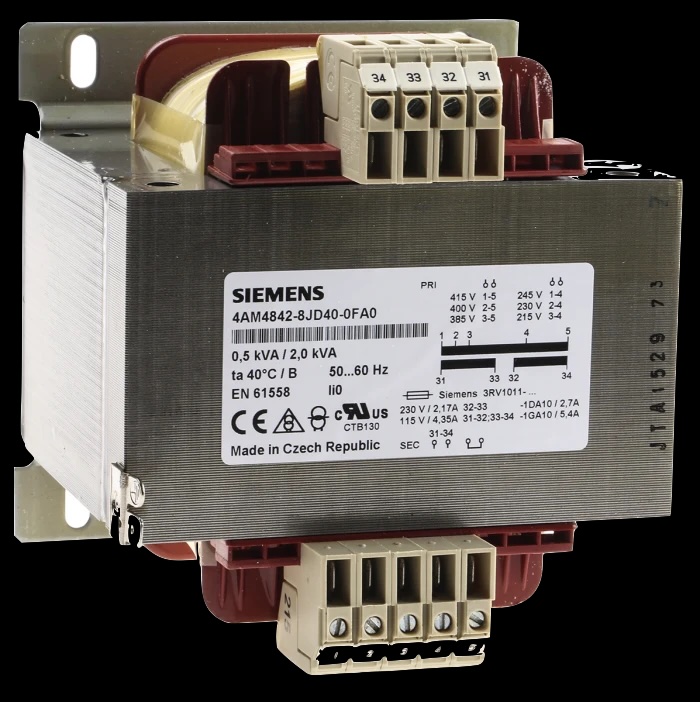
An isolation transformer is a specialized type of transformer designed to transfer electrical power from a source to a load...
Devamını Oku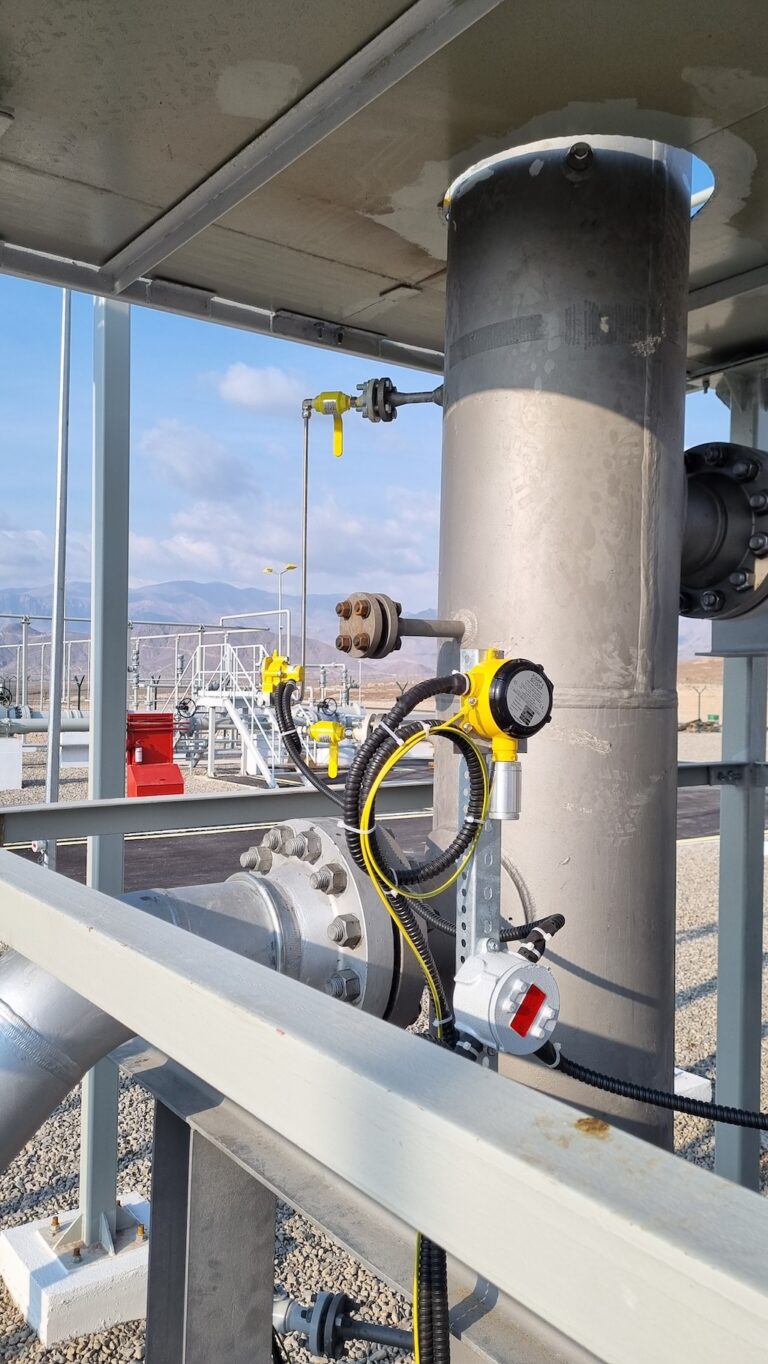
Gas detection systems are critical safety technologies designed to identify the presence and concentration of various gases in the environment....
Devamını Oku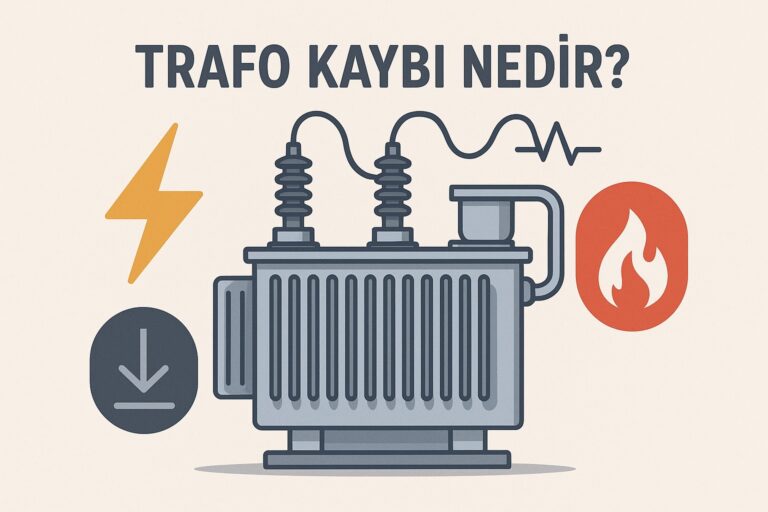
Transformers play a critical role in transmitting and distributing electrical energy efficiently. However, during this process, certain energy losses are...
Devamını OkuPROTECTION OF PERSONAL DATA
WEBSITE COOKIE POLICY
Your personal data; It is one of the leading principles of our Organization to protect the privacy of visitors to the website (www.adatech.com.tr) operated by ADATECH as the data controller. This Cookie Usage Policy (“Policy”) explains to all our website visitors and users which types of cookies are used and under what conditions.
Cookies are small text files stored on your device or network server by websites you visit on your computer or mobile device.
They are generally used to provide you with a personalized experience during your use of the website you visit, to improve the services offered and to improve your experience, and may contribute to ease of use while browsing a website. If you do not prefer the use of Cookies, you can delete or block Cookies in your browser settings. However, we would like to remind you that this may affect your use of our website. Unless you change your cookie settings in your browser, we will assume that you accept the use of cookies on this website.
1. WHAT KIND OF DATA IS PROCESSED IN COOKIES?
Cookies on websites, depending on their type, collect data about your browsing and usage preferences on the device you visit the site. This data includes information about the pages you access, the services and products you review, your preferred language option and other preferences.
2. WHAT is a solution and what are its intended uses?
Cookies are small text files that are stored on your device or network server through browsers by websites you visit. These small text files, which contain your preferred language and other settings on the site, help us remember your preferences the next time you visit the site and make improvements to our services to improve your experience on the site. Thus, you can have a better and personalized usage experience on your next visit.
The main purposes of using cookies on our Website are listed below:
3.TYPES OF COOKIES USED ON OUR WEBSITE
3.1. Oturum Çerezleri
Session cookies ensure that the website functions properly during your visit. They are used for purposes such as ensuring the security and continuity of our sites and you during your visit. Session cookies are temporary cookies, they are deleted when you close your browser and come to our site again, they are not permanent.
3.2. Persistent Cookies
These types of cookies are used to remember your preferences and are stored on your device via browsers. Persistent cookies remain stored even after you close your browser or restart your computer from which you visited our site. These cookies are kept in subfolders of your browser until they are deleted through your browser’s settings.
Some types of persistent cookies may be used to provide you with special suggestions, taking into account issues such as your purpose of using the Website.
Thanks to persistent cookies, if you visit our Website again with the same device, it is checked whether there is a cookie created by our Website on your device and if there is, it is understood that you have visited the site before and the content to be transmitted to you is determined accordingly and thus a better service is provided to you.
3.3. Mandatory/Technical Cookies
These cookies are essential for the website you visit to function properly. The purpose of such cookies is to provide necessary services by enabling the website to function. For example, it allows you to access secure parts of the website, to use its features, to navigate on it.
3.4. Analytical Cookies
They collect information about the way the website is used, the frequency and number of visits, and show how visitors navigate to the site. The purpose of using such cookies is to increase performance by improving the way the site functions and to determine the general trend direction. They do not contain data that could enable the identification of visitors. For example, they show the number of error messages displayed or the most visited pages.
3.5. Functional/Functional Cookies
It saves the choices made by the visitor within the site and remembers them on the next visit. The purpose of such cookies is to provide ease of use to visitors. For example, it prevents the site user from re-entering the user password on each page they visit.
3.6. Targeting/Advertising Cookies
They enable the measurement of the effectiveness of advertisements served to visitors and the calculation of the number of times the advertisements are viewed. The purpose of such cookies is to serve ads customized to the interests of visitors.
Likewise, they enable the detection of visitors’ interests specific to their browsing and the presentation of appropriate content. For example, it prevents the advertisement shown to the visitor from being shown again in a short time.
4. HOW TO MANAGE COOKIE PREFERENCES?
To change your preferences regarding the use of cookies or to block or delete cookies, simply change your browser settings.
Many browsers give you the option to accept or reject cookies, accept only certain types of cookies, or be alerted by the browser when a website requests to store cookies on your device so that you can control cookies.
It is also possible to delete cookies previously saved in your browser.
If you disable or refuse cookies, you may need to set some preferences manually, some features and services on the website may not function properly as we will not be able to recognize and associate your account. You can change the settings of your browser by clicking on the relevant link from the table below.
5. ENFORCEMENT OF WEBSITE PRIVACY POLICY
Website Privacy Policy …./…./…./…. . is dated. In case all or certain articles of the Policy are renewed, the effective date of the Policy will be updated. The Privacy Policy is published on the website of the Authority (www.adatech.com.tr) and made available to the relevant persons upon the request of the personal data owners.
ADATECH
Address: Esenyalı Neighborhood Yanyol Street Varyap Plaza No:61-148 Pendik / Istanbul
Telephone: +90 (216 ) 514 80 69
E-mail: [email protected]
Web Address: www.adatech.com.tr